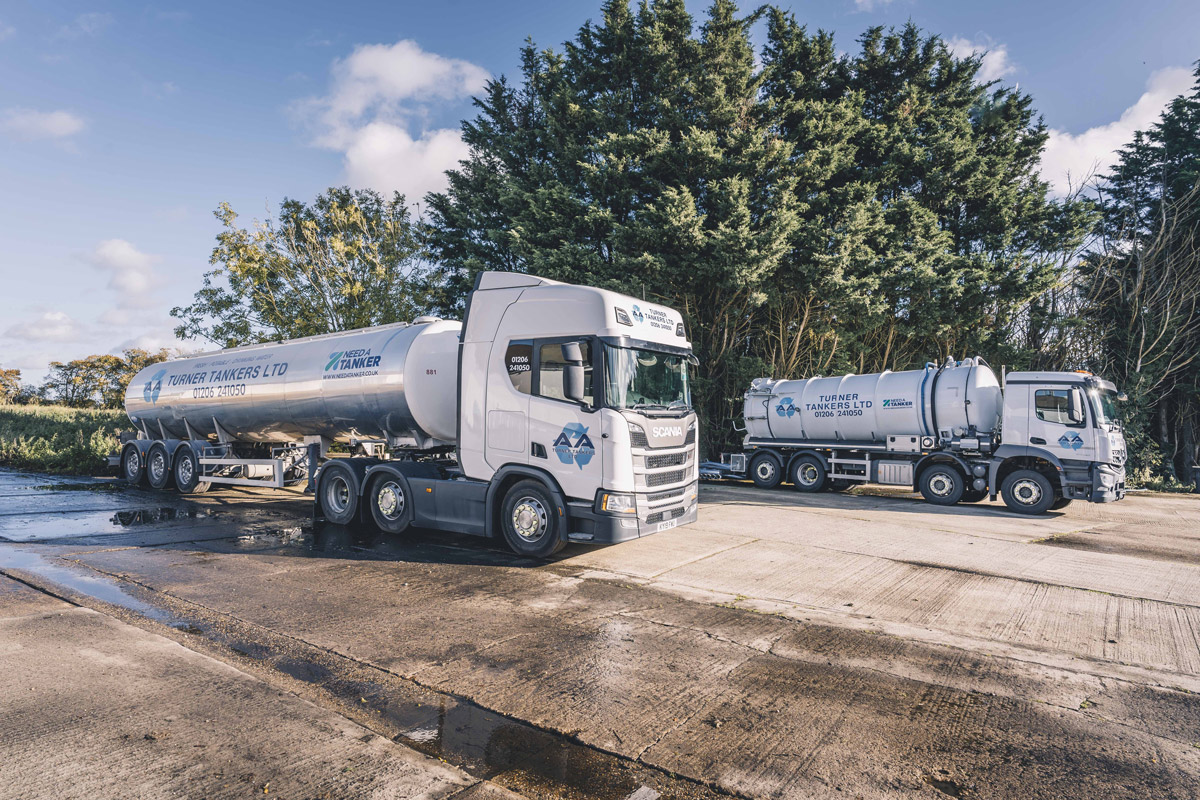Some Known Details About Reclaim Waste
Some Known Details About Reclaim Waste
Blog Article
Indicators on Reclaim Waste You Should Know
Table of ContentsGetting My Reclaim Waste To WorkGetting My Reclaim Waste To WorkHow Reclaim Waste can Save You Time, Stress, and Money.9 Simple Techniques For Reclaim WasteHow Reclaim Waste can Save You Time, Stress, and Money.
Residential sewer waste refers to the waste and products from a household septic storage tank. The correct management and disposal of residential sewage waste require fluid waste to be transferred to a sewer treatment plant where the proper methods and tools are used to purify and dispose of waste.
Commercial waste frequently includes prospective risks, such as flammable products or a blend of liquid and strong waste products, and needs an extra sophisticated and in-depth disposal process. The disposal of industrial waste commonly entails the purification of waste prior to transport to make sure secure and appropriate disposal. Industrial waste is created from byproducts and drainage of industrial processes and manufacturing.
This type of waste can not make use of the same sewer management transport or procedures as septic or commercial fluids. The industrial waste administration procedure calls for the evaluation and screening of liquid waste before it goes through the disposal process (liquid waste removal). Drainage waste is the liquid waste that originates from overflow and excess stormwater in extremely populated areas or cities
Drainage waste can create contamination and flooding if not handled effectively. Making certain appropriate waste administration can prevent disasters and minimize environmental damage.
Examine This Report about Reclaim Waste
Get in touch with PROS Solutions today to discover our waste monitoring and disposal solutions and the appropriate methods to look after the fluid waste you create.
(https://fliphtml5.com/homepage/kekhp)Do you recognize what occurs to your water when you disengage, purge the toilet or drain pipes the cleaning machine? No? Well, it deserves recognizing. This so-called 'wastewater' is not only a vital resource yet, after treatment, will certainly be launched to our land, rivers or the ocean. Used water from commodes, showers, bathrooms, kitchen area sinks, laundries and commercial processes is called wastewater.

water used to cool down machinery or clean plant and equipment). Stormwater, a kind of wastewater, is overflow that flows from agricultural and metropolitan locations such as roof coverings, parks, yards, roads, courses and seamless gutters into stormwater drains, after rain. Stormwater flows without treatment directly to neighborhood creeks or view it rivers, eventually reaching the sea.
Reclaim Waste Things To Know Before You Get This
In Queensland, many wastewater is dealt with at sewer treatment plants. Wastewater is carried from residential or industrial sites through a system of sewers and pump stations, referred to as sewerage reticulation, to a sewage therapy plant. Neighborhood federal governments develop, maintain and run most sewage therapy plants. Operators are licensed under the Environmental Management Act 1994 to discharge treated wastewater at an appropriate environmental requirement right into waterways.
The Division of Natural Resources recommends city governments regarding handling, operating and keeping sewerage systems and treatment plants. In unsewered areas, regional federal governments might call for homeowners to install specific or family sewage treatment systems to treat residential wastewater from toilets, cooking areas, bathrooms and washings. The Department of Natural Resources authorises the usage of house systems when they are confirmed to be effective.
In some brand-new communities, therapy of some stormwater to get rid of litter, sand and gravel has actually begun utilizing gross pollutant catches. Wastewater treatment happens in four stages: Gets rid of strong matter.
Utilizes tiny living organisms knows as micro-organisms to break down and eliminate staying dissolved wastes and fine particles. Micro-organisms and wastes are included in the sludge.
The Ultimate Guide To Reclaim Waste
Nutrient removal is not readily available in all sewer treatment plants due to the fact that it needs costly specialised equipment. It is coming to be much more typical in Queensland. Clear fluid effluent produced after treatment may still contain disease-causing micro-organisms. If this effluent is released right into rivers such as rivers or the sea, the micro-organisms will at some point pass away out.

A lot of wastewater moves right into the sewage system. Under the Act, local federal governments provide authorizations and permits for environmentally appropriate tasks (ERAs) including wastewater releases that might have a local impact.
The 10-Second Trick For Reclaim Waste
Surveillance offers valid info concerning water quality and can verify that licence problems are being satisfied. The details obtained through tracking supplies the basis for making water top quality decisions.
Report this page